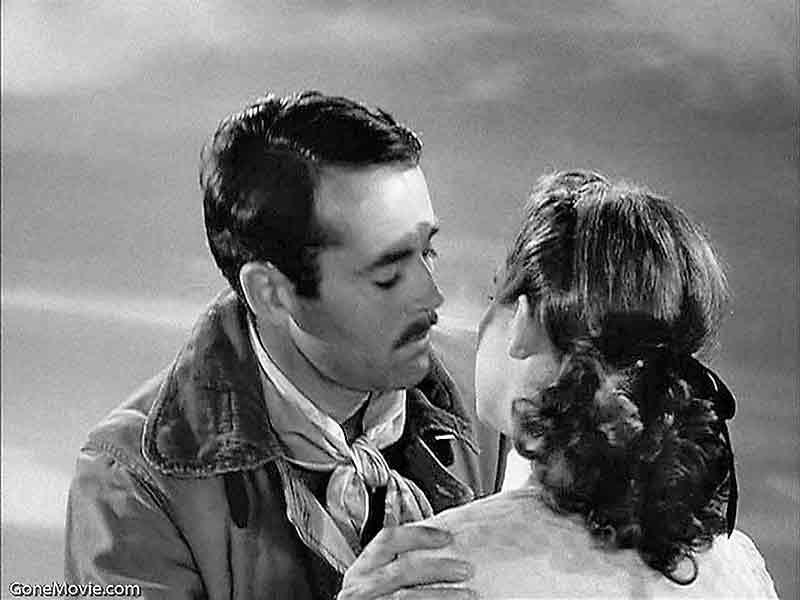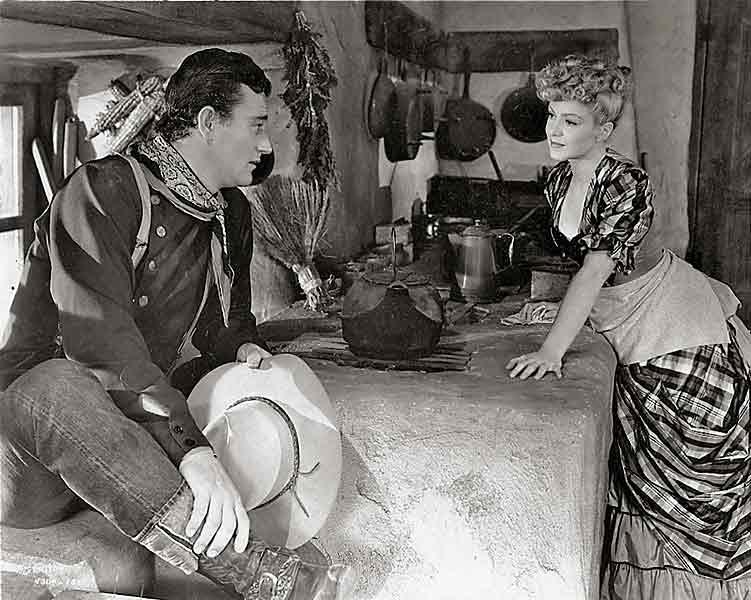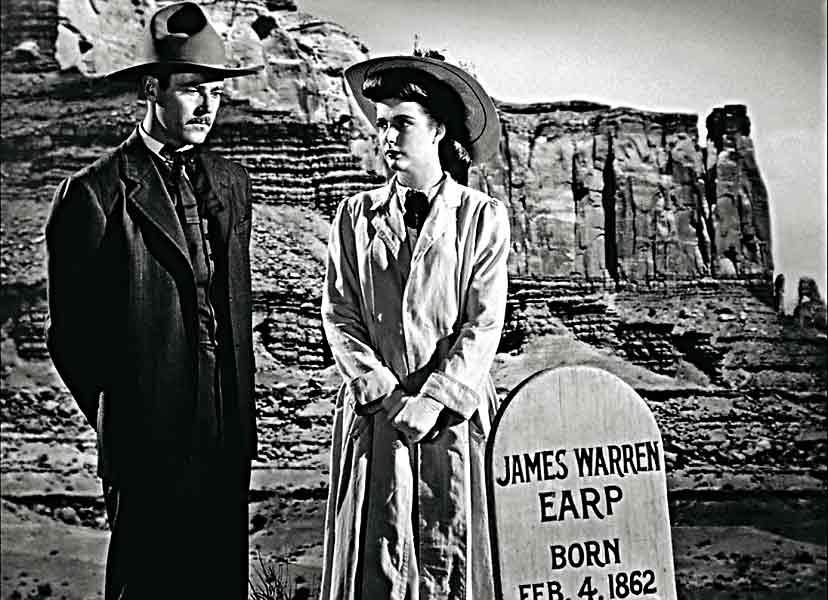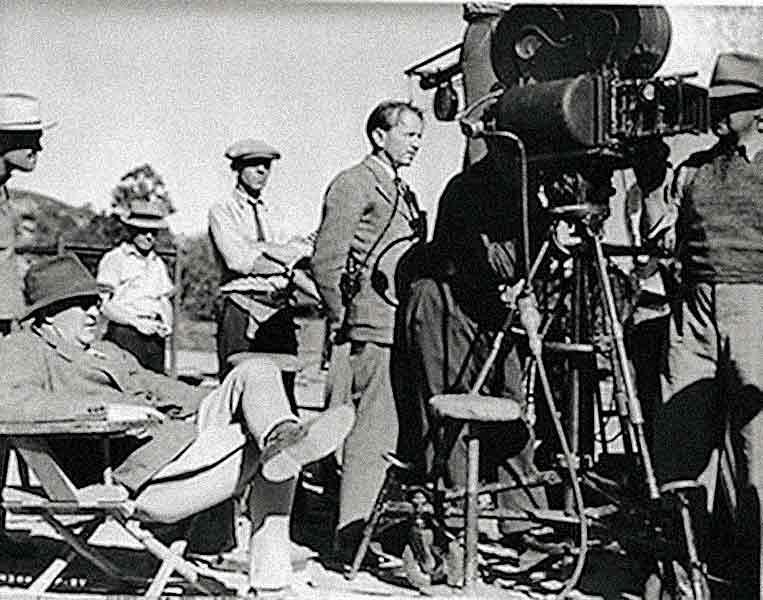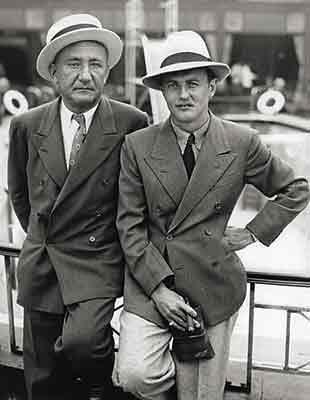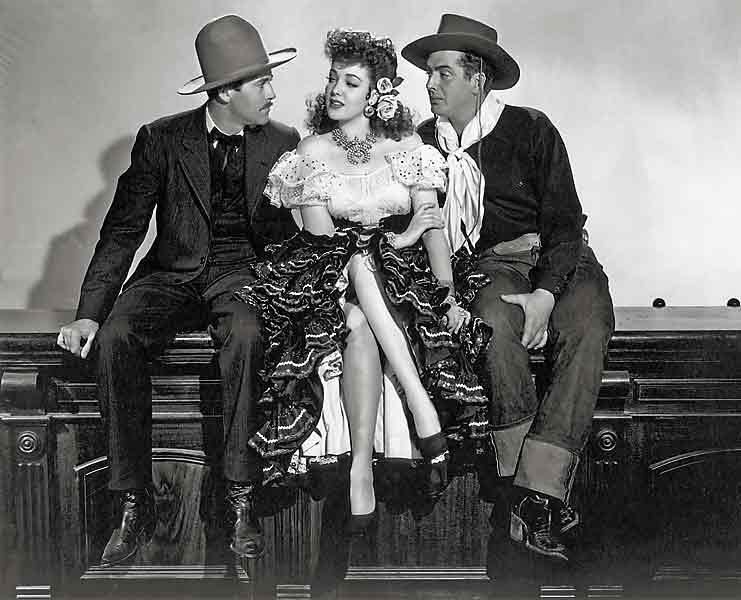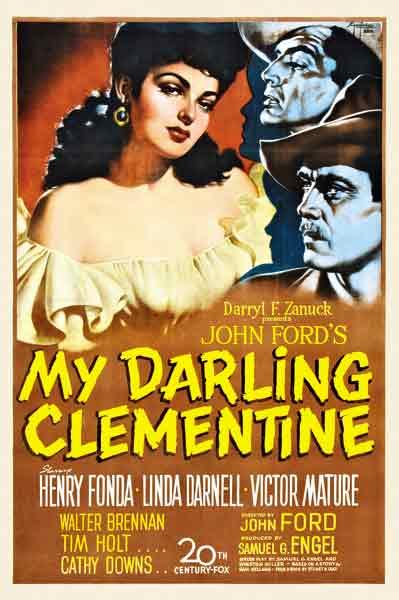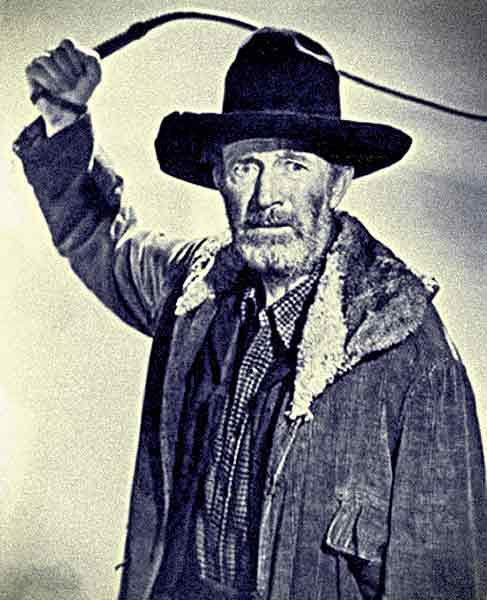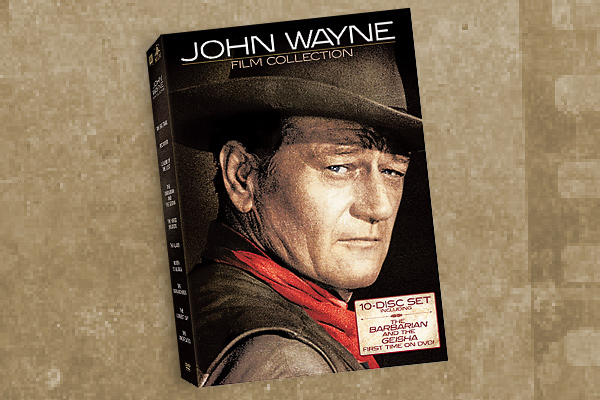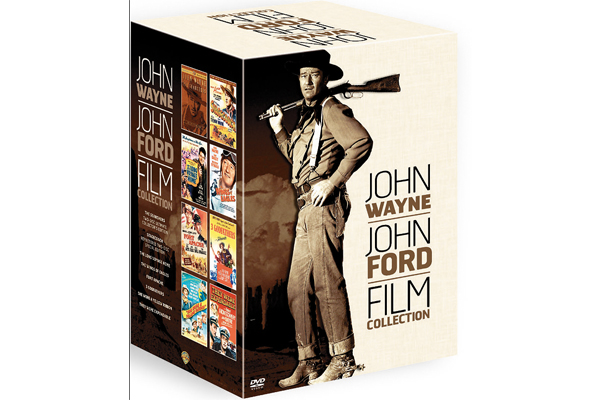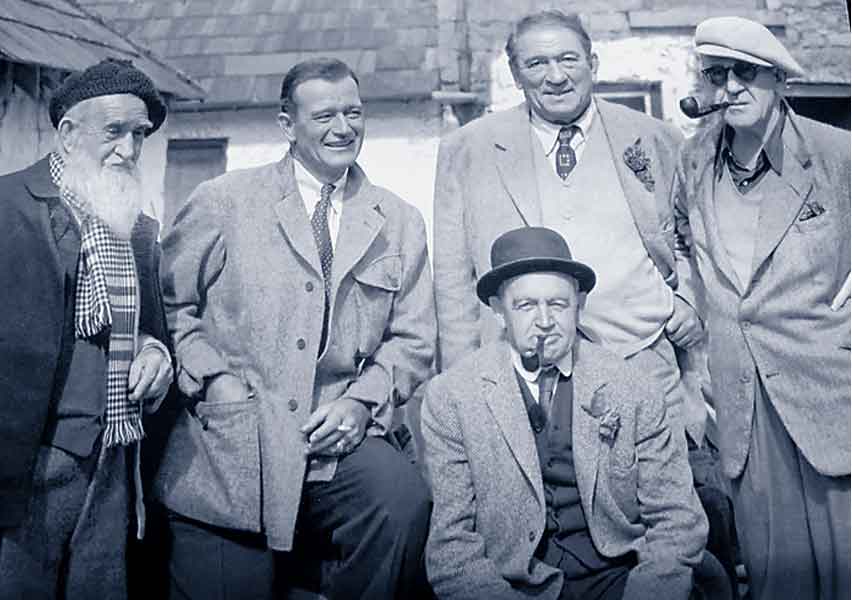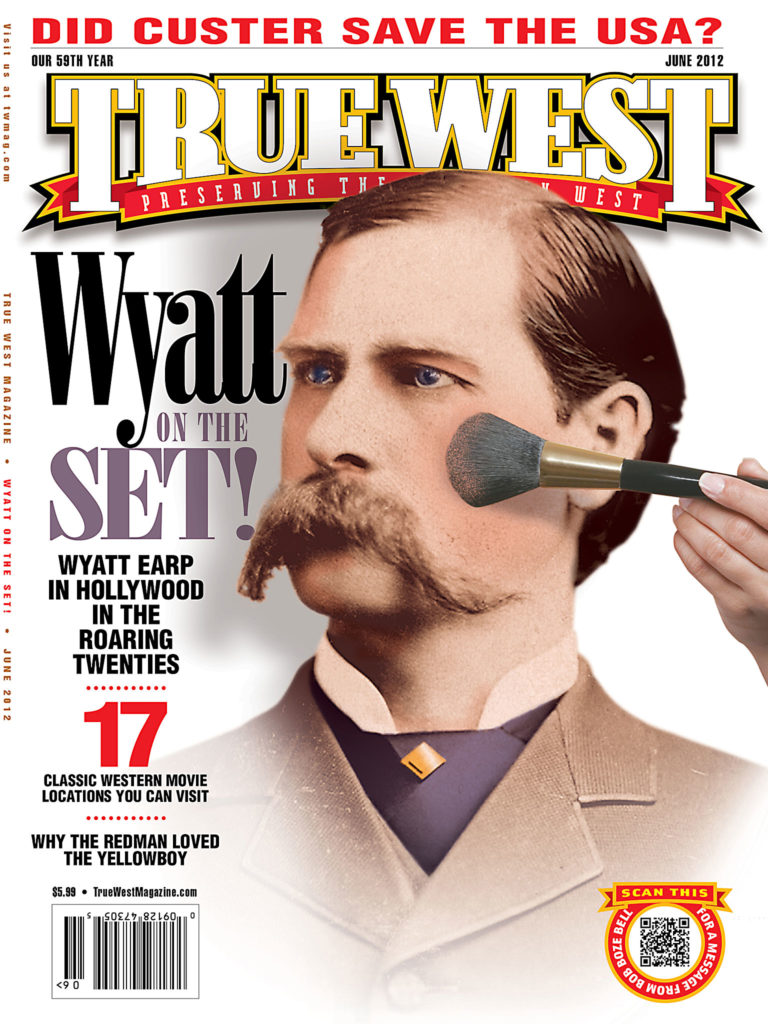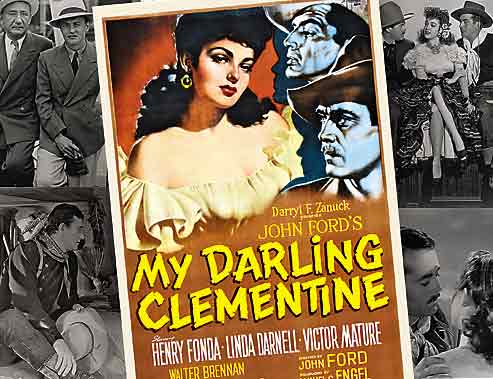 John Ford’s 1946 classic film, My Darling Clementine, the story of Wyatt Earp and the O.K. Corral gunfight, is anything but a forgotten film classic—
John Ford’s 1946 classic film, My Darling Clementine, the story of Wyatt Earp and the O.K. Corral gunfight, is anything but a forgotten film classic—
it’s one of the greatest movies of all-time and certainly one of my favorites. However, several years ago, in 1994, University of California-Los Angeles (UCLA) film archivists discovered that the version they had in their film library was different than the version everyone knew and loved. With some research, these archivists realized that the print they had was in fact an earlier version of the film, the print used for a preview screening in July 1946, three months before the film’s actual release in October. This version turned out to be seven minutes longer than the released film.
Apparently, the cut that John Ford submitted to 20th Century-Fox was 34 minutes longer than the released version, although, sadly, the first 27 minutes of Ford’s cut has been lost. This “Alternate Pre-Release Version”—not to be confused with a “Director’s Cut,” which would have to include that other 27 minutes of lost footage—is now included on the DVD.
On that DVD is an interesting documentary made by the UCLA Film & Television Archives explaining what footage was included and what footage has been lost. The documentary shares a memo from studio head Darryl F. Zanuck to John Ford saying that though he liked the film, and it contained “many scenes as good as any Ford had ever shot,” he felt that the film needed “a lot more cutting.”
When you compare the two versions, Zanuck obviously also felt the film needed a lot more music too, as well as a few reshoots. Yet since Ford was unavailable, the highly-prolific director Lloyd Bacon (42nd Street) was brought in to assist.
In his cut, Ford played a lot of the action, including the entire shoot-out, with no music at all, a gutsy directorial decision that Zanuck clearly didn’t agree with. So a lot more music was added by composer Cyril Mockridge, not to mention Zanuck left in all of the traditional songs, like “My Darling Clementine” and “Red River Valley” (which Ford had already used brilliantly in The Grapes of Wrath), arranged by the great composer Alfred Newman (Randy Newman’s uncle).
Ford had been under contract to Fox Films since 1921. Zanuck, who had formerly been the head of production at Warner Brothers, formed his own film company, 20th Century Pictures, in 1933. In 1935, 20th purchased the bankrupt Fox Films, thus forming 20th Century-Fox. Along with soundstages, Tom Mix’s former ranch (which ultimately became the area of Los Angeles known as Century City) and a film laboratory (which is now Deluxe), 20th Century-Fox also acquired the contracts of Shirley Temple (at her peak) and John Ford.
From the very outset Zanuck and Ford, both pushy men used to getting their own way, couldn’t stand each other. Be that as it may, under Zanuck’s control, Ford went into one of the best periods of his long career. In 1939 alone, John Ford directed: Drums Along the Mohawk, Young Mr. Lincoln and Stagecoach (not for 20th). Then in 1940, The Grapes of Wrath won him the Best Director Oscar, while 1941’s How Green Was My Valley won both Best Picture and Best Director. Soon thereafter, both Ford and Zanuck went off to serve in the military during WWII.
My Darling Clementine was Ford’s second film after returning from the war, and the animosity between him and Zanuck had not even slightly cooled. After working for Fox for more than 25 years, Ford would soon leave 20th Century-Fox to form his own company (with Merian C. Cooper, codirector of King Kong), promptly beginning the next great phase of his illustrious filmmaking career.
Another aspect of this film that I find interesting is that the book it’s based on, Stuart Lake’s Wyatt Earp: Frontier Marshal, had already been successfully filmed just seven years earlier as Frontier Marshal, with Randolph Scott as Wyatt Earp. It’s actually a pretty similar film too, and Ward Bond is in both films (in different roles). Even so, My Darling Clementine is far superior in every department.
The cast of My Darling Clementine is uniformly terrific: Henry Fonda as Wyatt Earp, Ward Bond as Morgan Earp, Tim Holt as Virgil Earp and the fetching Linda Darnell as Chihuahua, the singin’, jealous saloon gal. Two other performances, however, really stand out: Victor Mature as Doc Holliday and Walter Brennan as Pa Clanton.
Casting Mature, a big, tall, strapping, handsome man, as the sickly, consumptive Holliday was very bold casting against type (hey, big handsome guys get sick too, right?). The first time Wyatt Earp sees Doc Holliday, he says, “Nice lookin’ fellah.” Playing Holliday may very well have been the best performance of Mature’s career.
Brennan, who had already won three Oscars for Best Supporting Actor at that point (which is still a record), plays one of the meanest, creepiest varmints in film history, who uses a bullwhip on his own sons. Brennan was legitimately scary for the one and only time in his long career.
The absolutely stunning, high-contrast black-and-white photography was by the exceptionally talented cinematographer Joseph P. MacDonald, who shot many Westerns. It simply would not be possible for this film to look any better than it does.
So Zanuck edited out 34 minutes of footage, added a lot more music, had some scenes reshot and guess what? The film is a classic. Even though Ford is absolutely one of the greatest directors of all time (winning four “Best Director” Oscars is also a record), as well as one of my very favorites, I’d have to guess that Zanuck was probably correct in all of his decisions. These 34 extra minutes would have made the film two hours and 10 minutes long. Since the final release version is so good and so snappy at 96 minutes, and since all of the extra footage that survived in the pre-release version is utterly unnecessary—an extra musical number with Chihuahua, more crowd shots in the theater scene, a silly running gag with a barber’s chair—I must assume that the other 27 minutes probably didn’t need to be there either.
The one debatable change in the film is the ending. In John Ford’s version Wyatt Earp shakes Clementine’s hand (which is how both The Return of Frank James and Stagecoach end). Darryl Zanuck felt that the handshake didn’t play with the test audience and had it reshot with a kiss. Well, a handshake is probably more realistic to the time period, but a kiss is simply more romantic. Personally, I think the film’s ending is brilliant in both cases, but the romantic in me goes for the kiss.
In any case, I found it fascinating to learn a lot more about the background of this wonderful movie. If you’ve never seen My Darling Clementine, or haven’t watched it in a while, I highly recommend seeing it or seeing it again because it truly is one of the best films ever made.
Josh Becker is the internationally-known director of Xena: Warrior Princess and Hercules, has directed seven feature films and has been a proud member of the Directors Guild of America for 19 years. His latest book is Going Hollywood by Point Blank.
</p>"</p>"</p>"</p>"</p>"</p>"</p>"</p>"</p>"</p>"</p>"</p>"</p>"</p>"</p>"</p>"</p>"</p>"</p>”Photo Gallery
– Stagecoach photo courtesy United Artists –
– All My Darling Clementine images courtesy 20th Century-Fox–


